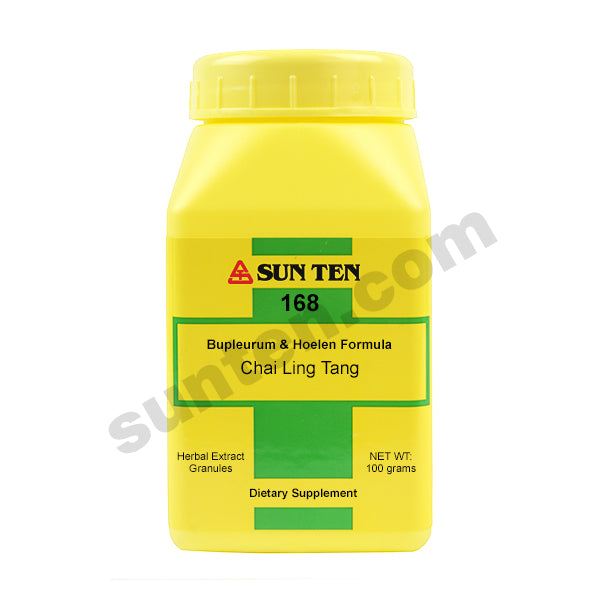Chai Ling Tang
Bupleurum & Hoelen Formula Granules | 柴苓湯
Practitioners: Please LOGIN to view the wholesale price. This item can only be purchased by a licensed practitioner. Find a practitioner
Ingredients: Bupleurum root (chai hu), Scute root (huang qin), Pinellia root (ban xia), Ginger root (sheng jiang), Oriental ginseng root (ren shen), Chinese licorice root (gan cao), Jujube fruit (da zao), Alisma root (ze xie), Hoelen fungus (fu ling), Polyporus sclerotium (zhu ling), Atractylodes root (bai zhu), Cinnamon twig (gui zhi).
| Mandarin: 柴苓湯 Pin-Yin: Chai Ling Tang English: Bupleurum & Hoelen Formula Romaji: Sairei To Kanji: 柴苓湯 Kampo: No |

